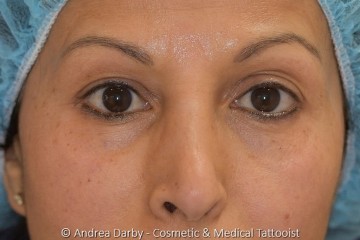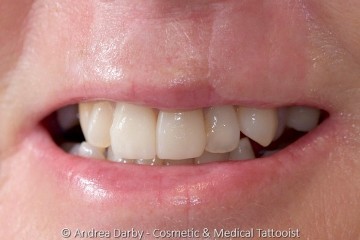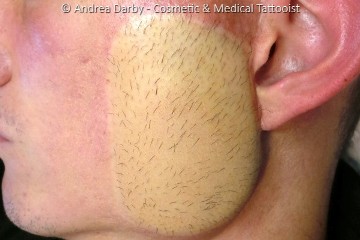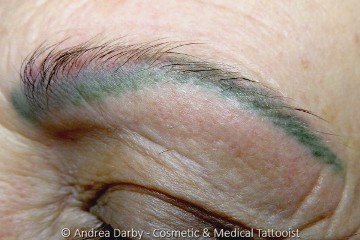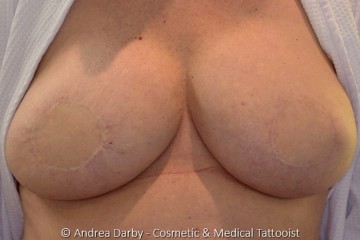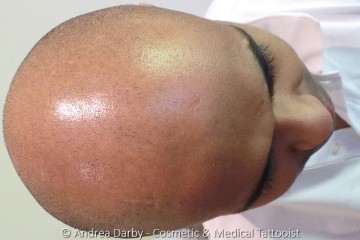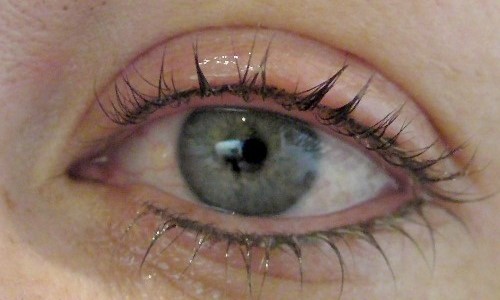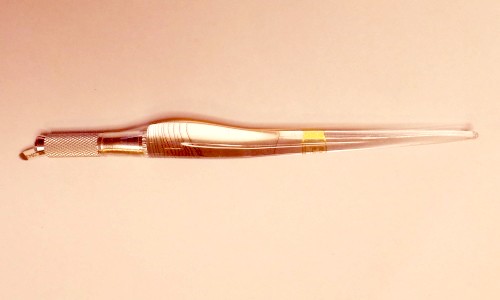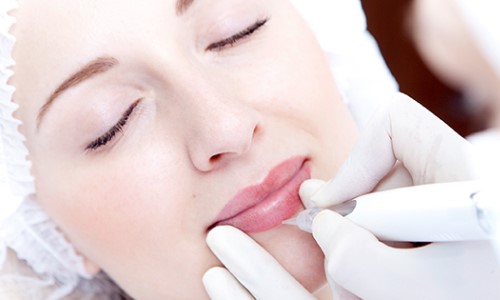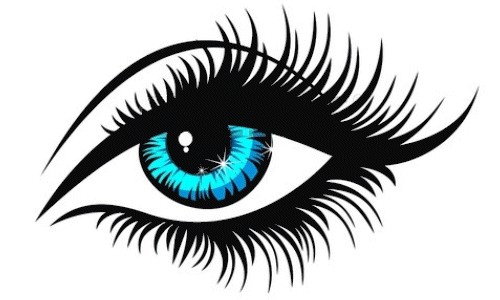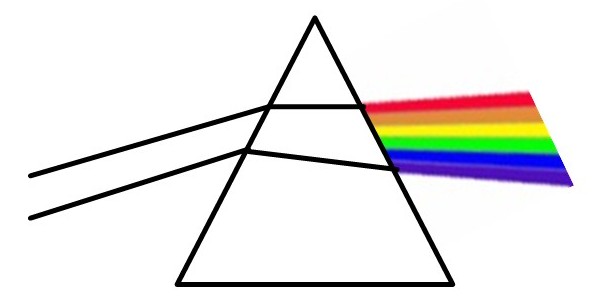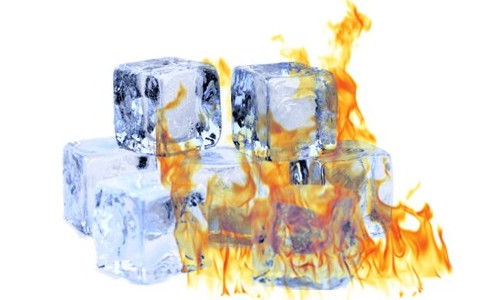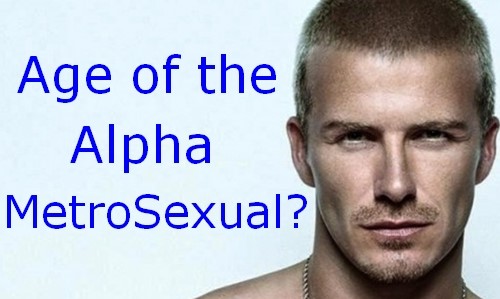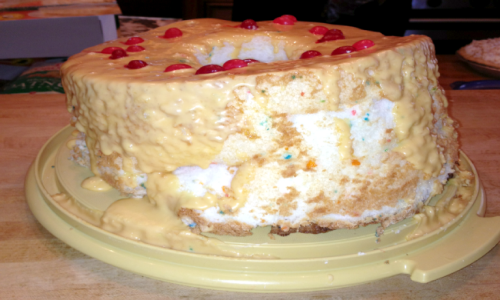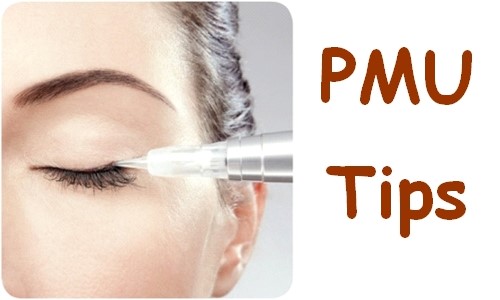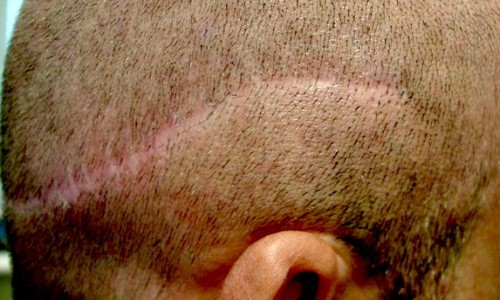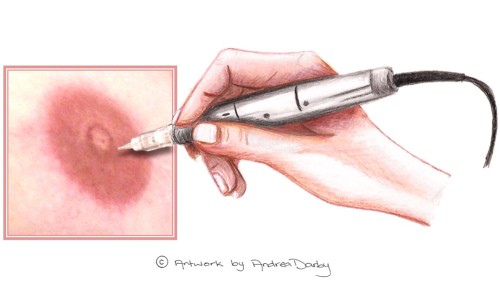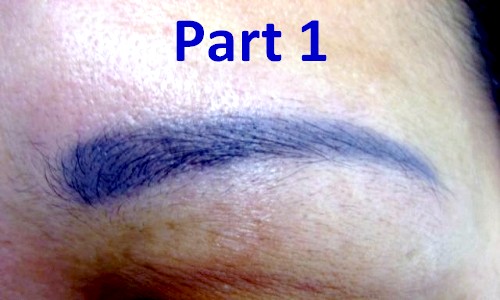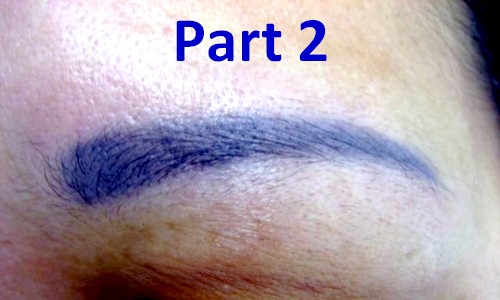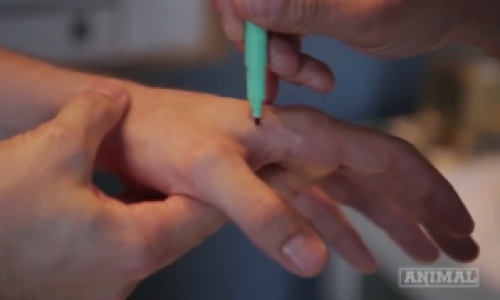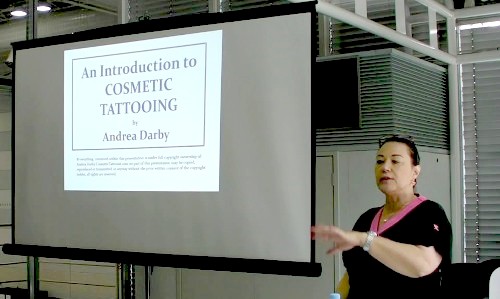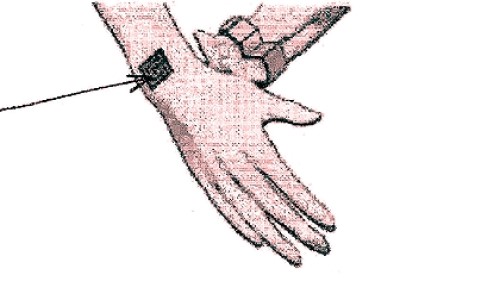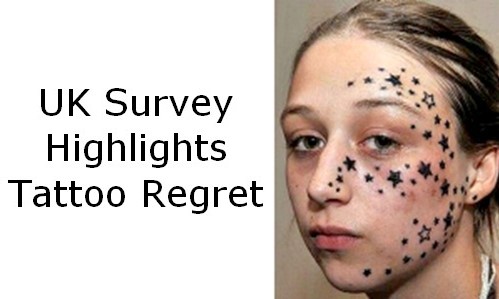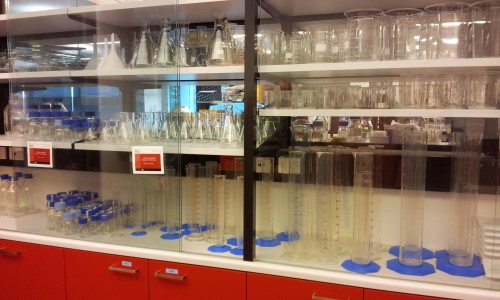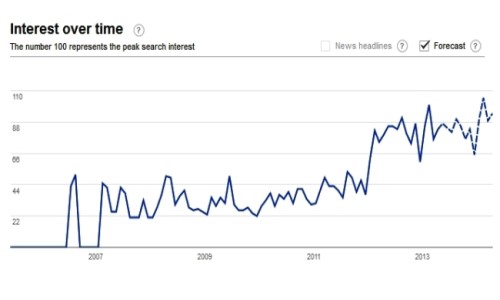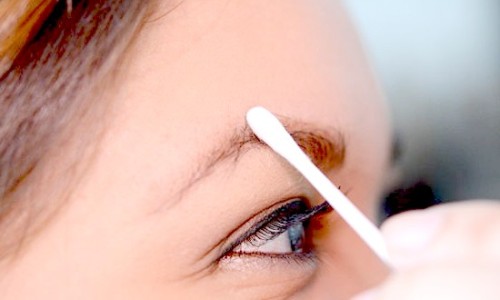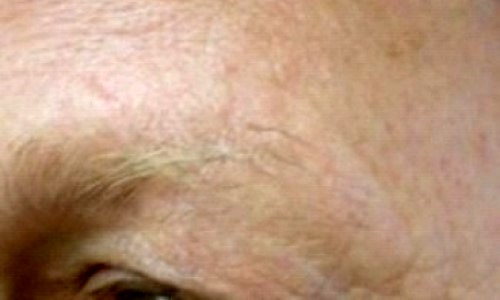Cart is empty
Fitzpatrick Skin Types
Fitzpatrick’s Skin PhototypesThe late Thomas B. Fitzpatrick (19/12/1919 - 16/08/2003) a world renowned Dermatologist was the founding Author of Fitzpatrick’s Colour Atlas and Synopsis of Clinical Dermatology, he is credited with many significant achievements in the advancement of the field of Dermatology; the melanosome and tyrosinase, the epidermal melanin unit, skin phototypes, melanoma, PUVA photochemotherapy, sun protection factors, vitiligo, and many others.
|
||||||||||||||||||||||||||||||||
|
NB. If you wish to print the table with the phototype colour swatch you need to adjust the page settings in your browser to print including background colours and images.
I stress again that it is important to keep in mind that a Fitzpatrick skin type is a guide towards melanin saturation it is not actually an assessment of skin hue, as mentioned previously melanin can add yellow, reddish, brown, black, and even blue or grey hues to the skin and sometimes brown hues may even have a blue-greenish tinge. For this reason part of your assessment of the clients skin colour should also include establishing what the dominant hue is because it will assist you in achieving more predictable outcomes. If you are having difficulty deciding what the dominant skin hue is for your client then a comparison to white (e.g. a sheet of white paper) or a comparison to the primary and secondary colours can sometimes help you decide which colour is most dominant in their skin. |

